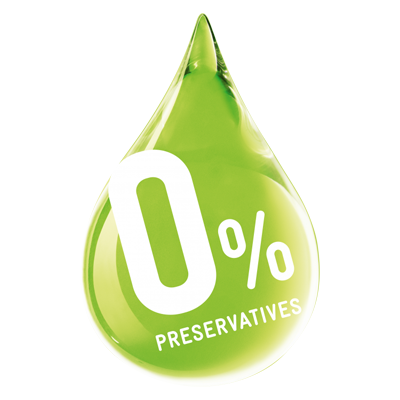- A-
- A+
Research & Innovation
The preservative-free laboratory
Caring for the eye whilst protecting its visual potential.
Théa was the pioneer and remains the world leader in preservative-free eye care products.

In the 1950’s, the introduction of the use of preservatives in ophthalmic products to prevent contamination after opening, constituted a considerable advance. Forty years later, numerous publications showed the detrimental effects of preservatives on the cornea, the conjunctiva and the tear film, causing irritation, inflammation and dry eye,...
In order to get round this problem, single dose units were put on the market. However, this packaging form is expensive and not at all ecological; it is also difficult to use for older patients.
In the 1990”s, after ten years of research, Théa invented the first multi-dose bottle capable of dispensing preservative-free eye drops, the ABAK®, so initiating a whole series of preservative-free packaging forms such as Steri-free® and Easy Grip® technology.
Thanks to Théa, ophthalmology has entered into the preservative-free era, allowing patients to benefit from a whole range of eye care treatments which respect their visual potential.
The detrimental effects of preservatives What is a preservative?
The European pharmacopeia recommends that eye drops in multi-dose containers should contain an antimicrobial agent or preservative, to prevent and limit microbial contamination after opening.
However, studies have shown that preservatives are toxic for the ocular surface, especially for patients using eye drops over a long term.
There are different families of preservatives. They differ according to their physio-chemical properties, their spectrum of activity and their toxicity and allergenic potency on the ocular surface. They include organomercury derivatives, amidines, alcohols, parabens and oxychloride complexes, as well as quaternary ammonium compounds, the main one of which, BAC, or benzalkonium chloride, is the most widely used preservative in ophthalmology.
Preservatives The detrimental effects of preservatives
The prolonged use of eye drops containing one or more preservatives leads to alteration in the tear film, in the superficial structures (conjunctiva, cornea) and the deeper parts of the eye (the lens, the trabecular meshwork).
The mildest ocular signs and symptoms show themselves as discomfort or irritation with a dry eye feeling. More severe secondary effects can be observed with variable levels of inflammation which can lead to the development of fibrosis in the eye, with an increased risk of failure in case of glaucoma surgery.
The severity of secondary effects depends on the duration of the treatment, the dosage and the type and concentration of the preservatives used in the eye drops.
The best way to limit these complications is to reduce the dosage frequency of preserved eye drops or ideally to use preservative-free eye drops.
Preservative-free innovations by Théa The ABAK® system

The ABAK® bottle is a high-security, high-technology dispenser which delivers up to 300 drops through a filter which prevents microbial contamination. Continual improvements have made it smaller, more user-friendly, more effective, and the contents can now be used for up to 6 months after opening as opposed to between 2 and 4 weeks for a classical preserved multi-dose bottle.
An eco-friendly innovation
This continually evolving concept constitutes real progress for the environment. A 10 ml ABAK® bottle contains 300 drops, enabling the contents to be administered 150 times in both eyes, in other words the equivalent of 150 single dose units.
For more information: consult the brochure "Abak, technology in a bottle"
Preservative-free innovations by Théa Preservative-free tube design

The innovative design of the tube is made of an airless pump, ensuring the protection of the gel from external contamination. It allows a preservative-free formulation composed only of essential ingredients. The airless pump technology provides accurate and regular dosage of the gel, making application simple and easy.
Preservative free innovations by Théa Easygrip®

Easygrip® is an innovation which combines new technology with a preservative-free bottle used for certain molecules which are not compatible with the ABAK® system. Its ergonomic shape has been designed to make it easy to hold for the patient and easy to instill the correct number of drops into the eye.
For more information on how to use Théa's Easygrip® technology bottle:
Download the instructions here
Preservative-free innovations Single-dose unit

Despite their high cost and their difficult handling, single dose units remain the packaging form best suited to short-term treatments and intermittent use.



